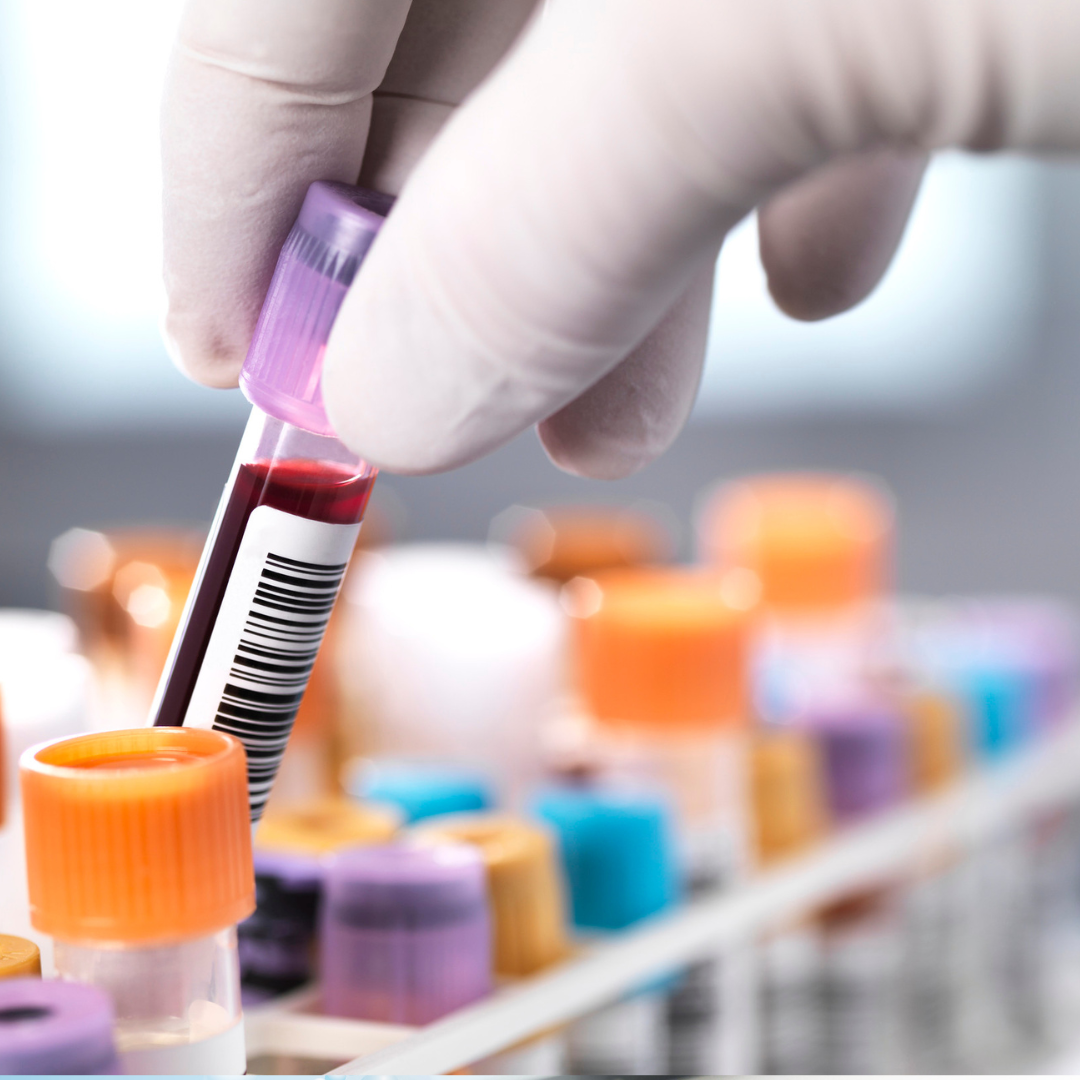Annual health checkups often include urine tests that help detect early signs of kidney disease. One key indicator is the presence of albumin in the urine, along with the glomerular filtration rate (GFR). In diabetic nephropathy, albuminuria is typically the first sign, which leads to increased filtration and a subsequent decline in GFR.
However, in elderly individuals, excessive filtration may go undetected due to the natural age-related decline in GFR. To improve the accuracy of GFR assessment in this population, researchers at Osaka Metropolitan University have developed a new calculation method.
Led by Dr. Akihiro Tsuda, a lecturer at the Graduate School of Medicine, the research team studied 180 kidney transplant donor candidates to establish a new formula for determining the threshold value for hyperfiltration based on both age and GFR.
Among their findings, the researchers discovered that the traditional method of adjusting for body surface area in obese patients was ineffective, as it fails to detect excessive filtration. Instead, they recommend calculating GFR without body surface area correction, while accounting for the natural decline in filtration due to aging.
Dr. Tsuda explained, "Since hyperfiltration is an early sign of diabetic nephropathy, we hope this new formula will enable more accurate diagnoses, leading to earlier detection and treatment of the condition."



